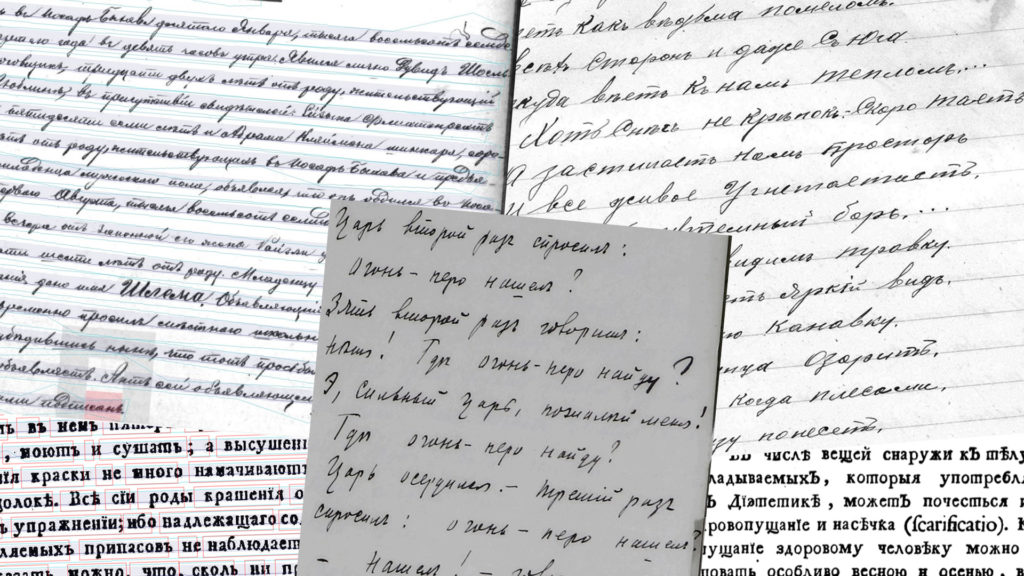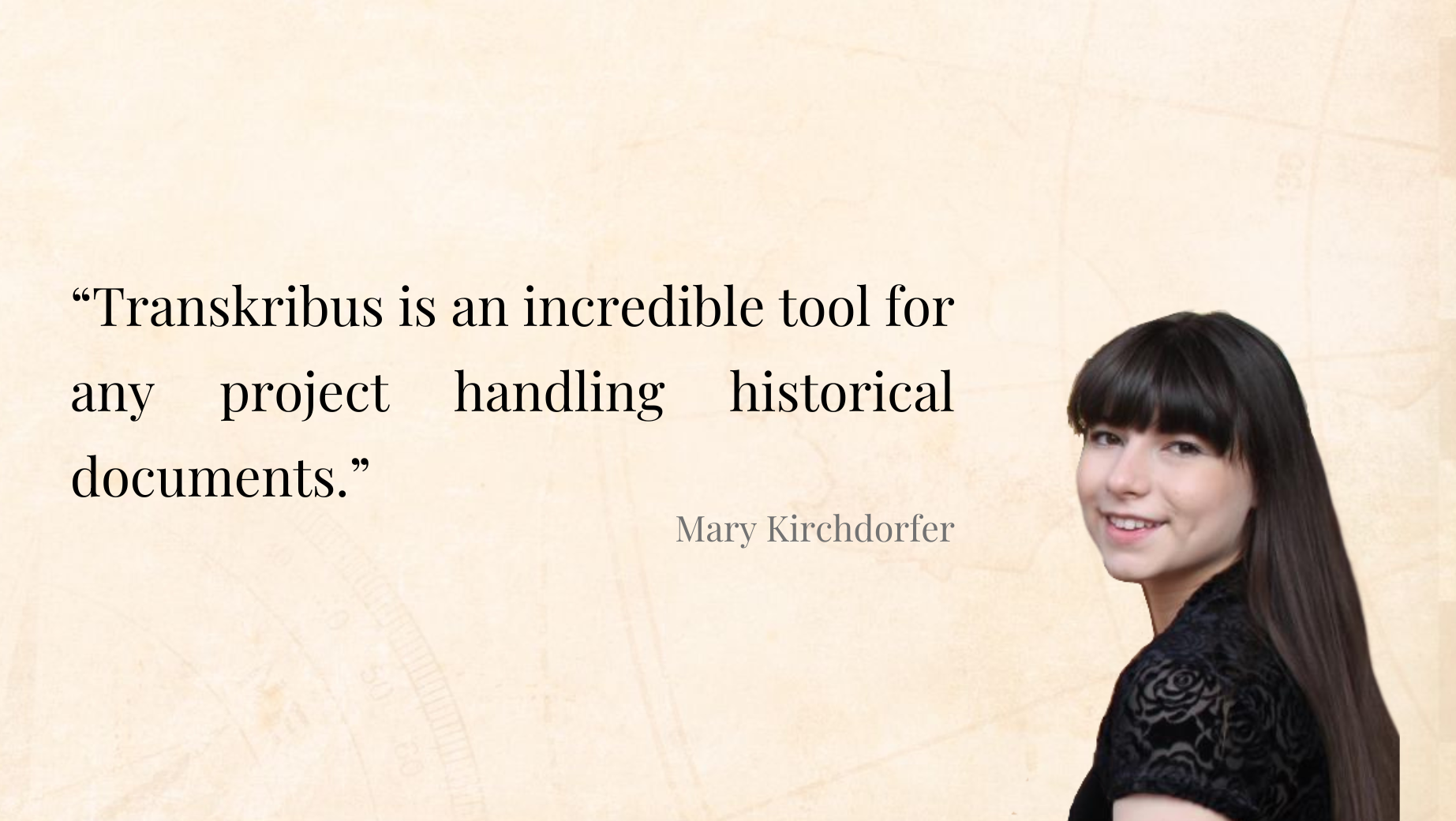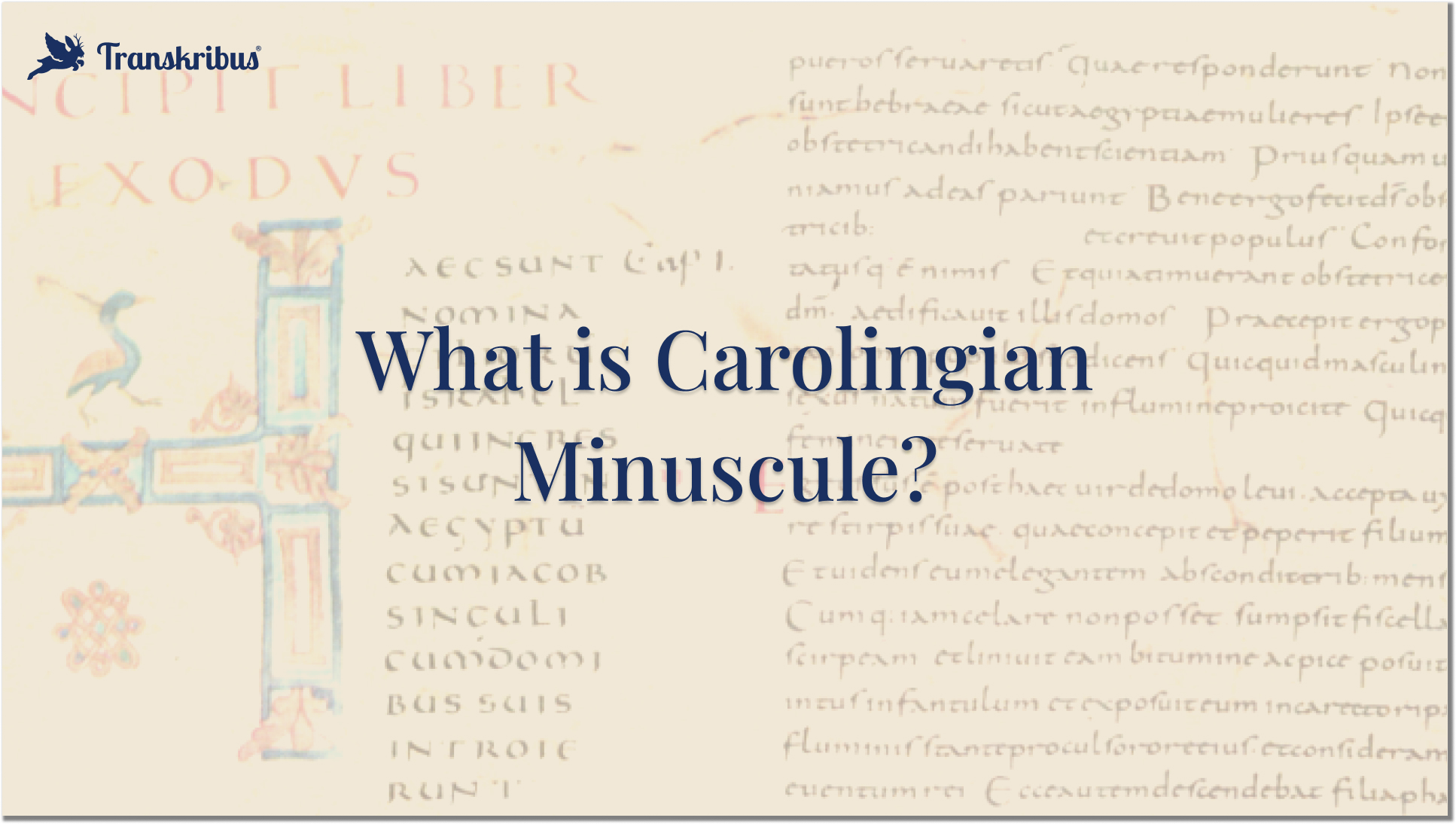As one of the world’s largest countries, Russia is also one of the most studied. Its turbulent history and influence on world politics make it the focus of many research projects, which often use historical documents — such as local registers, birth records or even personal diaries — as their primary sources.
In times gone by, deciphering the old Cyrillic handwriting or print within them used to be a time-consuming challenge requiring years of training. But AI has changed this. Using AI text recognition technology such as Transkribus, researchers can now simply run a scan of the document through the software and get an instant, automatic transcription. And as we all know, the less time we have to spend transcribing, the more time we have for the more satisfying parts of historical research.
If you work with historical documents in Russian, here are three public AI models that you can use with Transkribus to get instant transcriptions of your texts.
Russian Generic Handwriting 2
If you have a mix of documents from different genres and time periods, then this is probably the best model to start with. Based on earlier models from the Estonian State Archives and the INEL project in Hamburg, as well as the Russian Civil Records model (see below) and the Prozhito database, it encompasses a wide range of Ground Truths mostly from the late 19th and early 20th centuries.
With a CER of 5.8%, it is capable of giving fairly accurate transcriptions for a wide variety of documents and is an excellent starting point for training your own model.
→ Go to model
Russian Civil Records
This interesting model was created by the L’Dor V’Dor Foundation, who preserve Jewish historical records from around the world. They took handwritten civil records from Congress Poland, Ukraine and Russia from 1914 to 1968 as their Ground Truths, creating a model with a CER of 7.3%.
The model works particularly well with handwritten records from Congress Poland.
→ Go to model
Russian Handwriting Early 20th Century
This model is ideal for using with pre-form Cyrillic documents. It was trained on bilingual Evenki/Russian manuscripts by Russian ethnographer and linguist Konstantin M. Rychkov, who collected various pieces of cultural information from the Evenki culture and translated them into Russian.
The Ground Truth consisted of 581 pages from the Rychkov archive dating from 1911-1913, and it has a CER of 4.4%. The model was also created by the INEL project at the University of Hamburg.
→ Go to model
Russian Print 18th Century (V. Okorokov’s Printing House)
Created at the European University in St Petersburg, this model was based on a series of scientific papers published by V. Okorokov’s Printing House at Moscow State University. The papers were all printed in Russian, with some scientific terms given in Latin script.
The CER on the validation set is just 0.6% and the model shows good results on printed texts from other publishing houses of the era.
→ Go to model
Russian Print 18th Century
This more recent print model is based on Ground Truths from a wider variety of publishing houses operating in the 18th century, including those at the Academy of Sciences in St Petersburg and the Imperial Moscow University. It was developed as part of a student project at HSE University.
With a CER of 2.4%, it gives good results on Russian-language texts, but it does not recognise other languages that may appear in the text.
→ Go to model
How do I use a public AI model?
Transkribus’ transcriptions are based on AI models. Each model has been trained to read a specific type of handwritten or printed text in a certain language, and often a certain time period or genre too.
If you want to transcribe a document with Transkribus, you first need to upload a scan of the document and then you choose a model. There are currently 94 public models available, which are all completely free to use. Transkribus will take the information stored in that model and apply it to your document, creating an instant transcription.
But what if there isn’t a model that is suitable for the text in your documents? Then you also have the chance to train your own. To do this, you need a series of pre-transcribed documents known as “Ground Truths”. The more Ground Truths you use to train your model, the more information it will contain and the more accurate it will be when transcribing new documents. To save time, many people use a public model as the base for their custom model and then fine-tune it with further Ground Truths.
For more information about models and how to train them, check out our How-to Guides.



